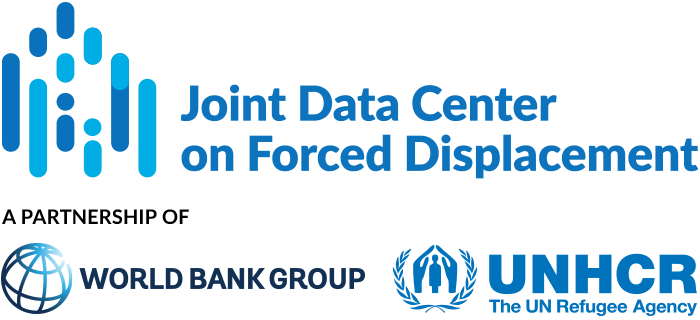This paper examines the impact of destination country characteristics on south-south refugee movements between 2004 and 2019.
JDC Literature Review
The economic lives of refugees
This article systematically compares 12 distinct refugee subpopulations living in seven refugee camps and three capital cities across Kenya, Uganda, and Ethiopia.
South African attitudes towards refugee settlement: Examining the importance of threat perceptions
This paper investigates policy preferences and attitudes to refugees in South Africa. South Africa hosted more than 240,000 refugees and asylum seekers in mid-2022. The vast majority (84 per cent) originated from other African countries, mainly Ethiopia, the Democratic Republic of the Congo and Somalia.
Prevalence of posttraumatic stress disorder and associated factors among displaced people in Africa: a systematic review and meta-analysis
This systematic review summarizes the most recent data and evidence on the prevalence of posttraumatic stress disorder and the effect of associated factors on adult displaced people in Africa. Posttraumatic stress disorder is marked by increased stress and anxiety following exposure to a traumatic or stressful event.
Refugee settlements are highly exposed to extreme weather conditions
This article examines the exposure of refugee settlements to extreme weather conditions. Refugee settlements are often located in isolated and remote areas, with unfavorable land quality and harsh climates.
Why do states give refugees the right to work?
This article investigates why some low- and middle-income countries give refugees the right to work, while others do not. The authors disaggregate the right to work for refugees into the de jure right (rights in law) and the de facto right (rights in practice). They argue that the central government determines the de jure right to work, while local governments determine the de facto right to work.
Prevalence of depression and associated factors among community hosted internally displaced people of Tigray; during war and siege
This study estimates the prevalence of depression and associated factors among internally displaced persons (IDPs) in Tigray, Ethiopia. Between November 2020 and September 2021, an estimated 2.1 million people were displaced by armed conflict in Tigray between the Tigray regional government and the Ethiopian federal government.
Global Report on Internal Displacement 2023: Internal Displacement and Food Insecurity
The 2023 Global Report on Internal Displacement (GRID) presents global figures for internal displacement due to conflict and violence and disasters. This year’s report also includes a special section on the intersecting dynamics and consequences of displacement and food insecurity.
Refugee mobilities in East Africa: understanding secondary movements
This article examines the mobility aspirations of refugees in Kenya, Uganda, and Ethiopia, and includes an in-depth analysis of the mobility patterns of refugees in Kenya. The research challenges common assumptions about refugee mobility, that: (1) most refugee secondary movements (the movement of refugees from the first country in which they arrive) are South-North; (2) refugee movements are predominantly irregular; (3) aspirations to move translate into actual movements; and (4) refugees who remain in regions of origin are largely immobile.
Gender-based violence and its associated factors among internally displaced women in Northwest Ethiopia: a cross-sectional study
This study analyzes the prevalence of gender-based violence (GBV) and its associated factors among internally displaced women (IDW) in northwest Ethiopia. As of September 2021, IOM (International Organization for Migration) estimated there were 2.6 million internally displaced people in the three regions (Tigray, Amhara, and Afar) in northern Ethiopia.


